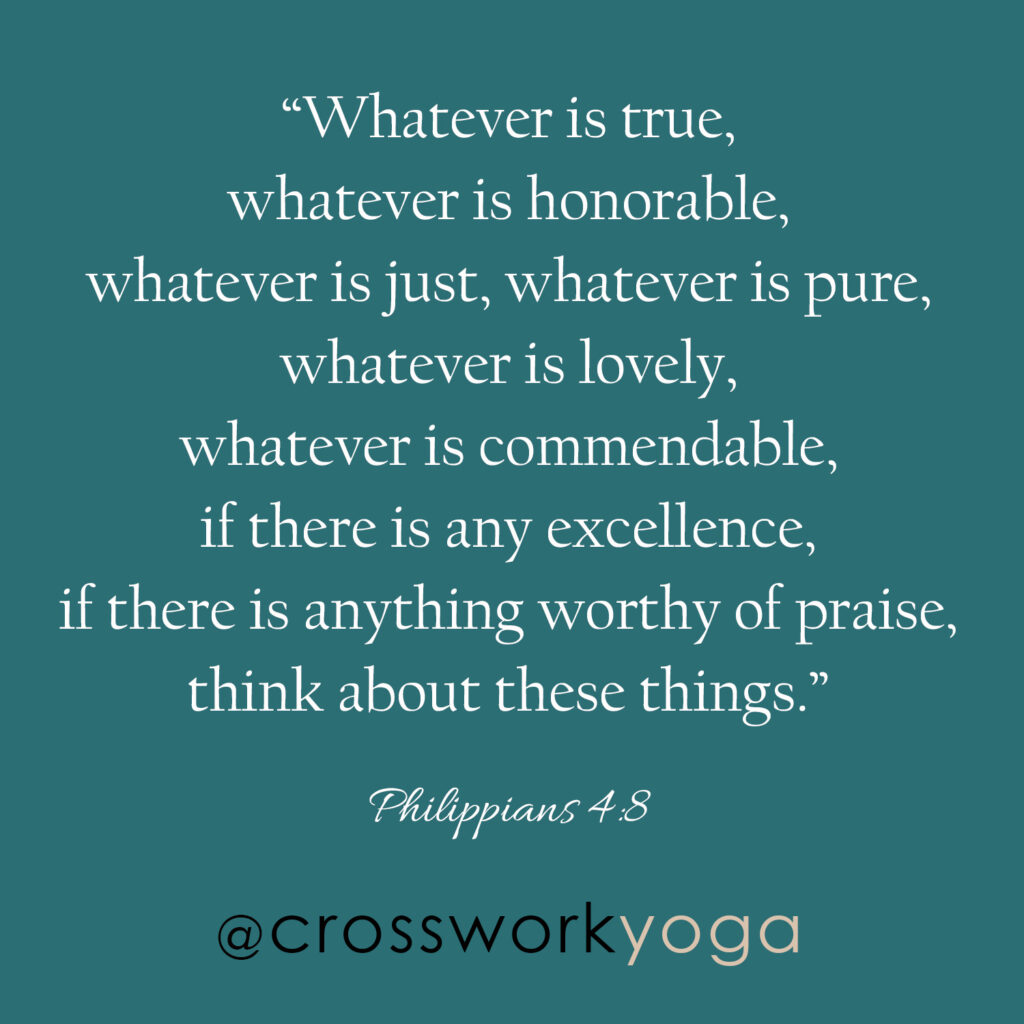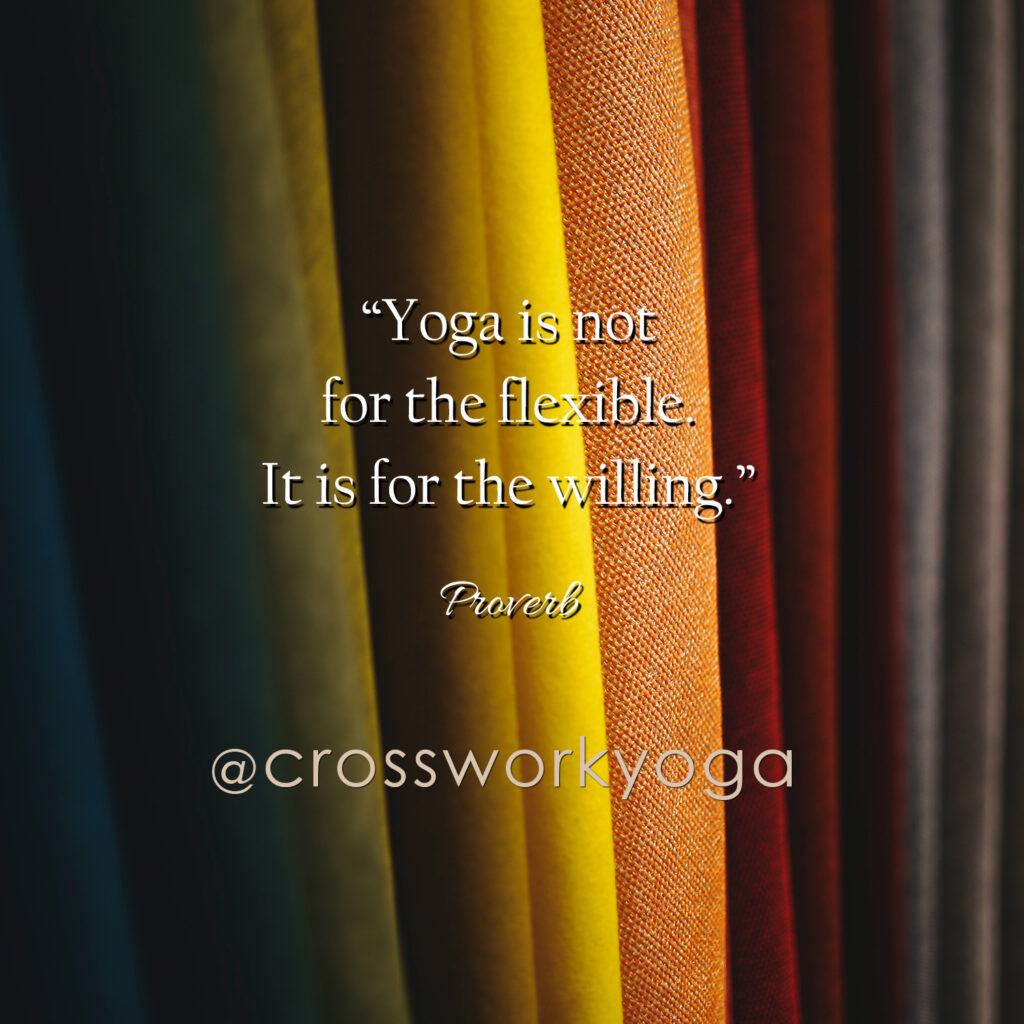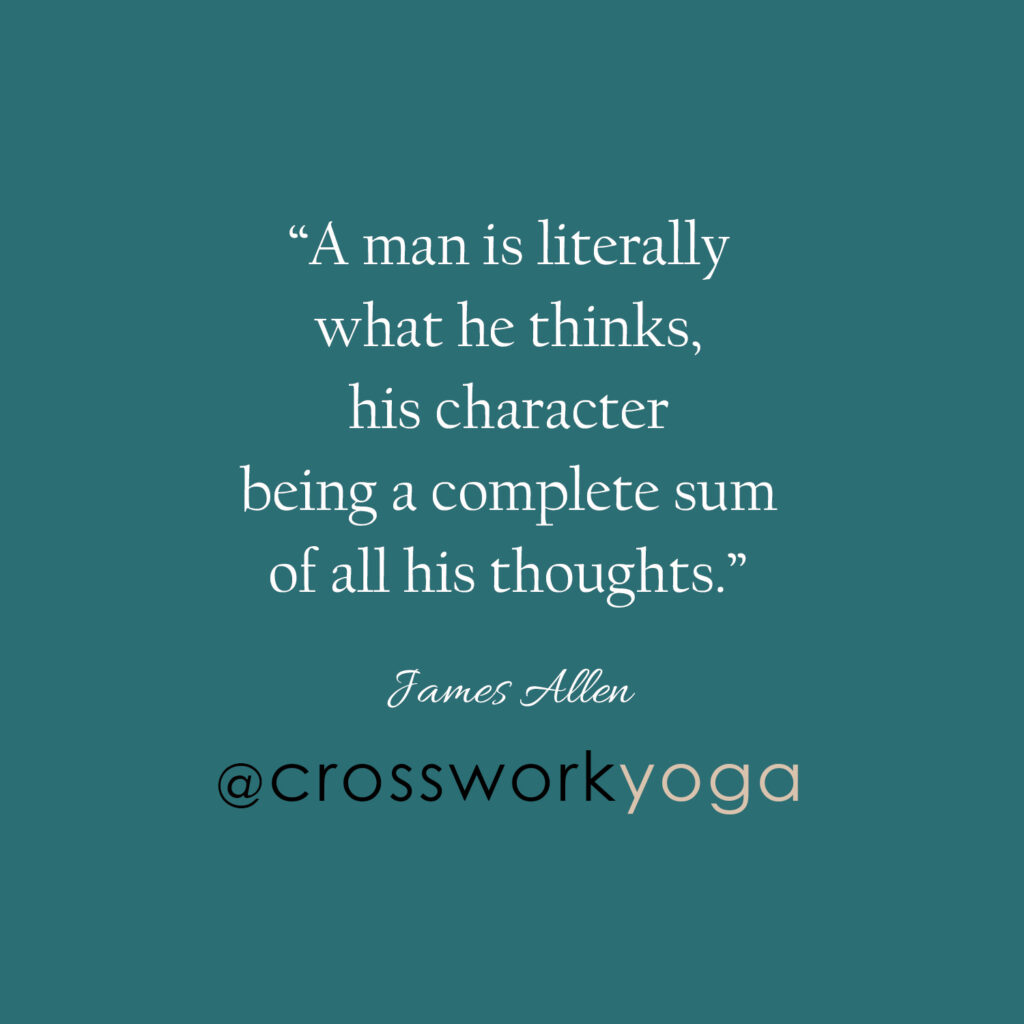What do you think of when someone says meditation? Maybe you picture a person sitting crisscross applesauce, with their hands on their knees, chanting OM. Maybe you think of monks or others who have devoted themselves to a life of faithful practice. Or perhaps you think of someone who is completely tuned-out.
Meditation is concentration. In Sanskrit, the word is samadhi (suh-MAH-dee.) To meditate is to be still and think on something. It is the opposite of tuning out; it is a habit of intentionally focusing your mind and awareness. Mindfulness meditation is powerful. It is free, it can be learned by nearly anyone, and it can be practiced anywhere.
Meditation is powerful. Along with other practices, including asanas (or postures), breathing, and ethics, mindfulness meditation is one of the 8 limbs of yoga. Through meditation, many people have treated or reduced the effects of anxiety and stress. It can lower your allostatic and oxidative stress loads, diminish the signs of aging, and give you an overall sense of well-being. Meditation also builds neuroplasticity– or your brain’s ability to learn and adapt.
Meditation is free. Let’s face it: a clean, sustainable lifestyle filled with organic food and clothing generally costs more. Yoga, walking, sunlight, sleep, and mindfulness meditation are free. This makes them viable health benefits to nearly everyone.
Meditation is accessible. You do not need any special clothing, equipment, gear, or a specific environment to practice meditation. You can begin anywhere, any time. Mindfulness practices are safe for people of different ages and abilities. And perhaps the most significant facet of mindfulness meditation is that it gives truly different people a common bond.




